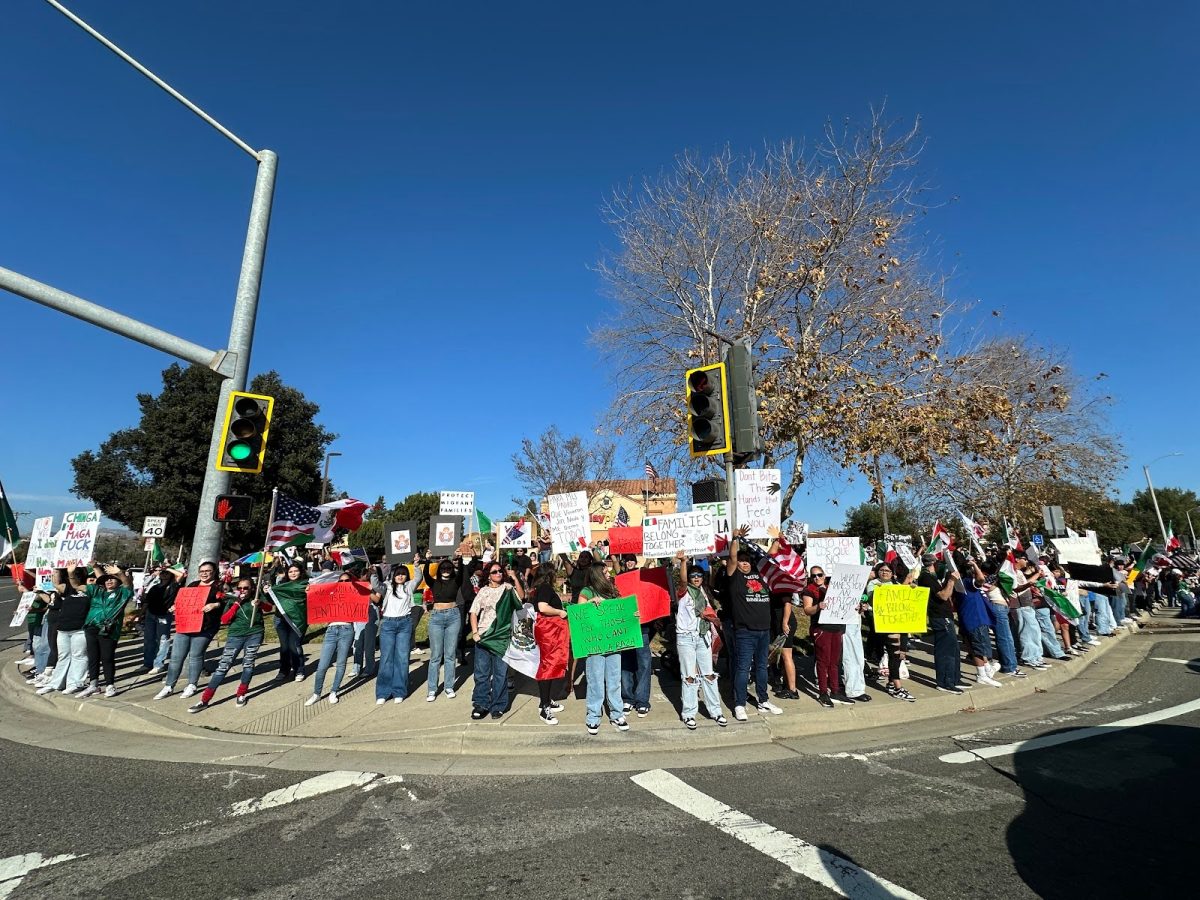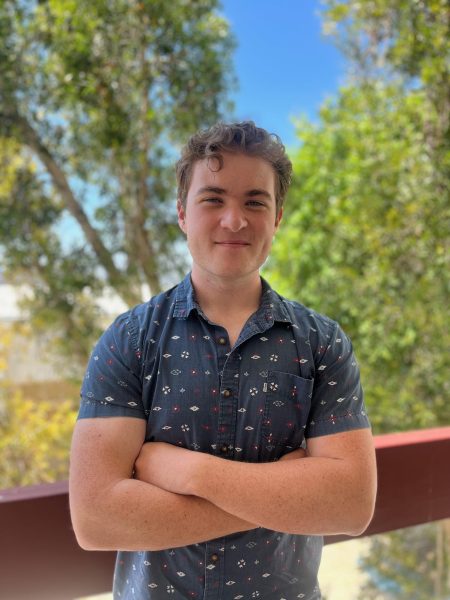On Sept. 9, 2023, Moorpark College’s very own Charles Temple Observatory hosted the Ventura County Astronomical Society for a “Star Party,” one of their aptly named exhibition events.
Though marred by cloudy skies, that didn’t stop the VCAS from using the opportunity to educate the audience and bolster scientific curiosity in the local community.
In lieu of the hands-on observations that were planned for the evening, local astronomer Dave Holland led with a presentation on the impact that light pollution has on the night sky, as well as a few constellation maps that showed what was hiding behind the sheet of overcast that night.
“If I can turn even one person to astronomy, then my job is done,” Holland explained.
This is more than just a hobby for the folks affiliated with the VCAS. Holland continued by emphasizing the inherent splendor of astronomy,
“Just the thrill of seeing the look on people’s faces the first time they look through a telescope,” Holland spoke. “That’s the greatest thing for me.”
The attending audience consisted of many families, some of whom were themselves members of the VCAS. Though a damper was put on the evening by unfavorable weather, the crowd’s morale remained steady, with all guests listening close to the presentation at hand.
Light pollution was the first topic covered. Holland explained the major types of light pollution that we experience, but perhaps none were more notable than sky glow, the variety that many of us see every night when warm light radiates in the air over even the most modest of suburban sprawls.
“We need to be aware of light pollution because a lot of people don’t realize there’s so much out there,” Holland detailed.
When gazing upon the night sky with the naked eye, the difference between a drab starless landscape and seeing a tapestry of dancing lights almost always stems from the light pollution nearby. Luckily, light pollution has only a slight effect on the observatory, as it sits high up and adjacent to open space.
Had the sky not been populated by thick clouds, one of the most prominent constellations that would’ve been visible was Cassiopeia. It currently sits high in the sky, north by north-east.

Holland also discussed a few past excursions that he and fellow astronomers have ventured on, many of which begin with a mountain hike to reach a location suitable for night sky viewing.
VCAS Member Bryan Ennis spoke about one of the events that many other members have taken part in.
“Once a year they go up for the Messier marathon, which is an all-night affair.”
The Messier marathon is an annual event in which astronomers attempt to view as many Messier objects as they can within a single night.
The Messier objects include 110 celestial objects that were recorded by French astronomer Charles Messier in the late 18th century. It’s safe to say that “marathon” is a fitting descriptor for such an arduous task.
Hal Jandorf, a Moorpark College astronomy professor, posted a few reminders through the VCAS Facebook account about a few upcoming events.
“Don’t forget the deep solar eclipse (78%) on October 14th at 8 a.m. to 10 a.m.!” Jandorf wrote. “Bring your solar viewers! And don’t forget the December 10th Banquet at Ottavio’s!”
As guests began to disperse following the presentation, swathes of adults and children alike flocked to the leading VCAS members to ask questions. Even with a cloudy sky and barely a star in sight, it seems that Holland may have still managed to turn at least one person to astronomy.














